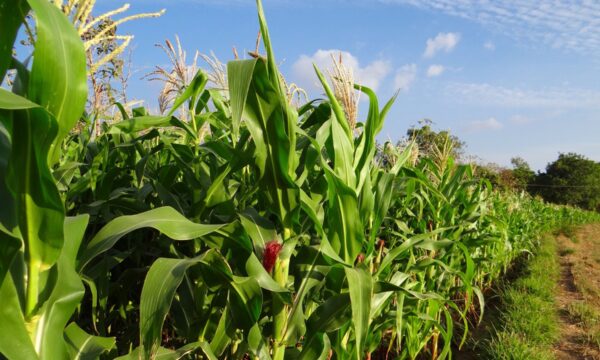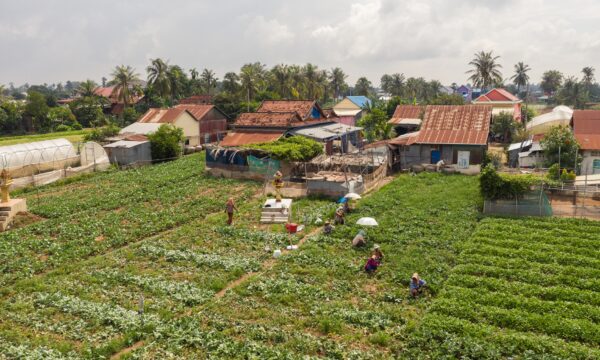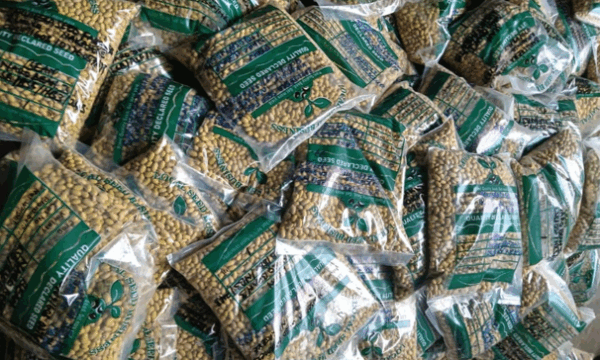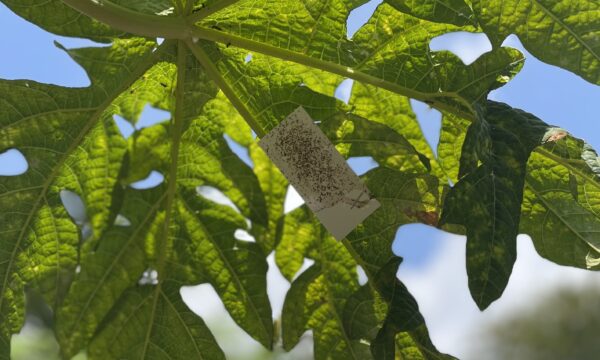The distribution of plant pests and pathogens has been observed to be moving away from the equator towards the North and South poles and inhabit areas previously too cold for their existence. This threatens to increase the percentage of crops lost annually to pests and pathogens and subsequently raises major concerns over global food security.
A new study published in Nature Climate Change revealed distributions of plant pests and pathogens are advancing polewards at an average rate of 2.7 km (1.7 miles) per year. The current shift in the range of plant pests and pathogens will increase the percentage of crops lost every year. This is expected to increase as temperatures continue to rise. Dr Dan Bebber and his co-authors from the University of Exeter warned that “If crop pests continue to march polewards as the Earth warms the combined effects of a growing world population and the increased loss of crops to pests will pose a serious threat to global food security”.
Dr Dan Bebber and his co-authors from the University of Exeter warned that “If crop pests continue to march polewards as the Earth warms the combined effects of a growing world population and the increased loss of crops to pests will pose a serious threat to global food security”.
The study was carried out by scientists from the Universities of Exeter and Oxford analysing historical records of pest and pathogen distributions. 26,776 records of 612 pests and pathogens over the past 50 years were analysed. The records were extracted from CABI distribution maps of plant pests and diseases. The database holds the earliest records of pest and pathogen distributions, dating back to 1822.
The study revealed that pests such as fungi, mites, beetles, moths and butterflies displayed a clear migration towards northern latitudes, whereas nematodes and viruses migrated to southern latitudes. Among the climate dependent pests and pathogens that pose a great threat to crops are Phytophthora infestans (a fungus-like microorganism responsible for the Great Irish potato famine), rice blast fungus and the Colorado potato beetle.
Other changes in climate such as the increased frequency of extreme weather events including flooding, drought and heat waves along with the shift in the timing and duration of seasons, will disrupt the predator-prey relationships that naturally help to keep pests at bay. In the past, the spread of pests and pathogens was largely attributed to natural processes and human activities, such as international freight transportation. However, it is now clear that increasing temperatures have an important part to play in changing pest ranges.
Professor Sarah Gurr stated that “Renewed efforts are required to monitor the spread of crop pests and to control their movement from region to region if we are to halt the relentless destruction of crops across the world in the face of climate change”. Regions most vulnerable to yield reductions include sub-Saharan Africa and East Asia where rain-fed agriculture predominates. Through the use of the knowledge bank and plant clinics, the Plantwise programme at CABI collects and analyses information on local pests and pathogens in many developing countries. Knowledge and guidance from plant clinics can help buffer the negative impacts of the shifting distributions of plant pests and pathogens for many smallholder farmers.
1 Comment
Leave a Reply
Related News & Blogs
How plant clinics are strengthening crop health services in Bangladesh
When the first-ever plant clinic in Bangladesh opened in Dhaka in 2013, it initially faced a lack of interest due to its novelty and limited awareness among farmers. However, it went on to expand, providing advice to over 17,000 farmers and led to the…
2 July 2025






You have done a great job of placing my thoughts and opinions appropriately on this content.
I strongly understand there could be plenty to achieve
nevertheless with motivation, problems is going to become
solved.